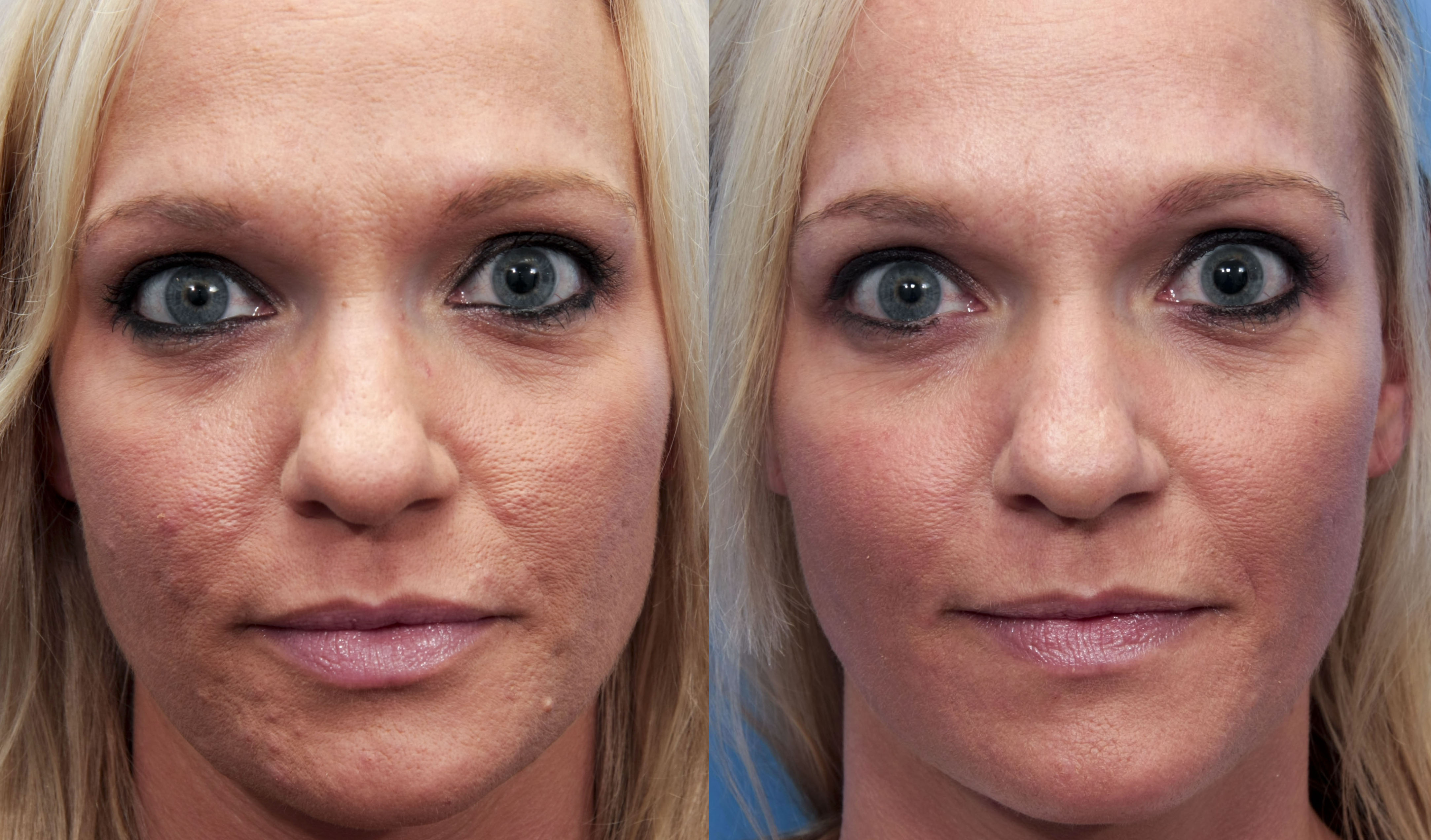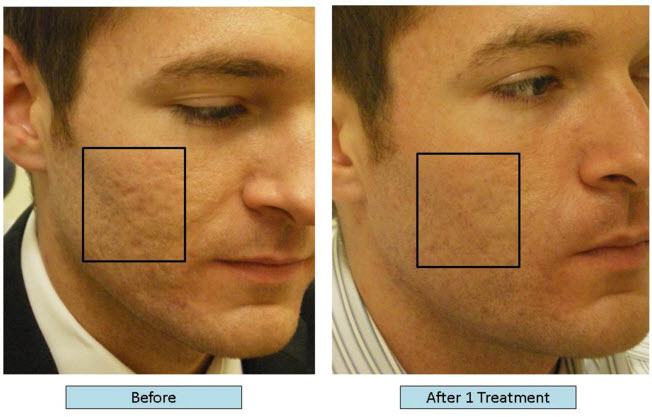Recognizing the Numerous Skin Disease and Efficient Treatment Alternatives for Acne Marks
Acne scars represent a complicated interaction of skin problem that dramatically influence individuals' self-worth and overall skin health. Comprehending the distinct sorts of acne marks-- hypertrophic and atrophic-- alongside their underlying reasons, is critical for establishing reliable treatment strategies. Different restorative options exist, varying from innovative dermatological procedures to natural remedies. However, the effectiveness of these therapies usually rests on personalized assessments by qualified professionals. As we discover the landscape of acne scar management, it ends up being evident that the journey towards clearer skin may entail greater than just topical solutions.
Kinds of Acne Marks
The 2 primary groups of acne scars are hypertrophic and atrophic scars. These marks are additional categorized into 3 subtypes: ice choice marks, which are narrow and deep; boxcar marks, which are broader and have well-defined sides; and rolling scars, which create a wave-like look due to unequal skin appearance.
On the other hand, hypertrophic scars result from an overproduction of collagen throughout the healing process, resulting in elevated locations on the skin. These scars are often solid and can vary in color, sometimes appearing red or darker than the bordering skin.

Reasons For Acne Scarring
Marking takes place as a result of the body's all-natural healing reaction to inflammation and injury triggered by acne sores. When acne types, it activates an inflammatory action, causing the release of numerous cytokines and growth elements that advertise recovery. This process can sometimes lead to extreme cells formation or poor repair work, resulting in marks.
The primary sources of acne scarring include the severity of the acne itself, period of the lesions, and individual skin types. Serious inflammatory acne, such as blemishes and cysts, is most likely to cause scarring because of deeper tissue damage. Furthermore, incorrect handling of acne sores, such as selecting or pressing, can aggravate cells injury and inflammation, boosting the chance of scarring.
Hereditary proneness likewise plays a substantial function; individuals with a family background of scarring go to a greater danger. Moreover, skin type and color can influence scar development, as darker complexion may experience post-inflammatory hyperpigmentation, while lighter skin may create atrophic marks.

Therapy Options for Scarring
Effective treatment alternatives for acne scarring vary depending on the kind and seriousness of the marks. Normally categorized into atrophic, hypertrophic, and keloid marks, these conditions need tailored strategies for ideal outcomes.
For atrophic scars, which are defined by a loss of cells, therapies such as chemical peels, microdermabrasion, and laser treatment are frequently employed. These methods promote skin revival and boost collagen manufacturing, therefore enhancing skin structure. Subcision, a minimally intrusive procedure, can additionally work by damaging up coarse bands beneath the skin.
Keloid and hypertrophic scars can be more challenging to treat. Options include corticosteroid shots to minimize inflammation and flatten the scars. acne treatment for sensitive skin. In some cases, cryotherapy or laser treatment might be suggested to minimize their appearance
Surgical alternatives are offered for extreme scarring, where excision or skin grafting may be required. It's vital for individuals to seek advice from with a skin specialist to evaluate their specific mark kind and review one of the most ideal treatment plan. Incorporating numerous treatments frequently produces the ideal end results, guaranteeing that each person's unique skin problem is dealt with properly.
Home Solutions and All-natural Solutions
Natural options and home remedies can give an easily accessible technique for individuals seeking to boost the look of acne marks. Different active ingredients found in the home cooking area have demonstrated prospective benefits in boosting skin appearance and advertising healing.
One prominent remedy is aloe vera, recognized for its comforting and anti-inflammatory buildings. Applying fresh aloe vera gel straight onto the scars can aid enhance skin hydration and decrease redness. In a similar way, honey has natural anti-bacterial and moisturizing qualities that can aid in mark healing. It can be used as a mask, left on for thirty minutes prior to rinsing off.
An additional reliable option is lemon juice, which functions as an all-natural exfoliant and can lighten hyperpigmentation. However, it should be made use of carefully, as it might create photosensitivity. Oat meal masks are likewise valuable; their mild exfoliation can assist get rid of dead skin cells while calming discover here inflammation.
Important oils, such as tea tree oil and lavender oil, can additionally support scar healing because of their antimicrobial properties. It is crucial to perform a spot test before applying any type of treatment to make sure there are no adverse reactions. These all-natural remedies can be a complementary strategy in the journey to lessen acne scars.
Protecting Against Future Scarring
Embracing an aggressive method to skin care can significantly decrease the danger of creating future acne scars. Among the essential techniques is to manage acne successfully as it emerges (acne scars). This involves using non-comedogenic skin care products and medications suggested by skin doctors that target acne without irritating the skin. Regular cleansing, exfoliation, and hydration can aid preserve skin health and avoid clogged pores.
Furthermore, preventing the temptation to squeeze or select acne lesions is essential, as this can bring about inflammation and subsequent scarring. Rather, individuals should focus on applying topical treatments that promote recovery and decrease inflammation. Active ingredients such as salicylic acid, benzoyl peroxide, and retinoids are understood for their efficacy in taking care of acne and minimizing marks.

Finally, maintaining a healthy and balanced diet plan abundant in anti-oxidants and remaining hydrated supports skin regeneration. By implementing these safety nets, people can dramatically reduce their threat of future scarring and promote overall skin health.
Verdict
In final thought, a detailed understanding of acne scars, including both atrophic and hypertrophic kinds, is important for effective therapy methods. Consultation with a skin specialist continues to be necessary to develop individualized strategies that take into consideration specific skin kinds and mark extent, ultimately boosting the efficacy of mark management methods.
Acne marks stand for a complicated interplay of skin problems that considerably effect individuals' self-esteem and total skin health and wellness. The 2 main classifications of acne scars are atrophic and hypertrophic scars. These scars are additional classified into three subtypes: ice pick scars, which are slim and deep; boxcar scars, which are larger and have distinct sides; and rolling marks, which produce a wave-like appearance due to unequal skin texture.
A comprehensive appointment with a skin doctor can assist identify the most ideal treatment, taking into account the person's skin type, scar seriousness, and general like this skin health.
Examination with a skin doctor continues to be critical to create personalized techniques that think about private skin kinds and mark seriousness, inevitably improving the effectiveness of mark monitoring strategies.